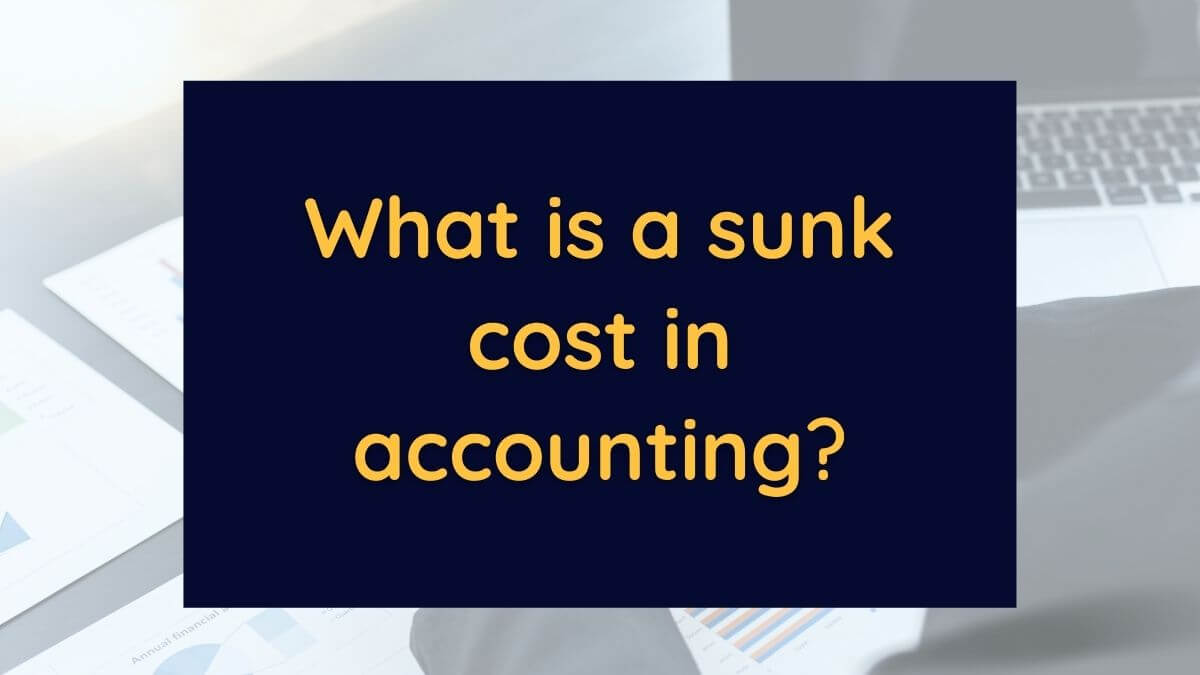Differences between management and tax accounting

Financial accounting and reporting are only part of the broad field of accounting. Other significant kinds of accounting include management accounting and tax accounting. While both are essential in providing financial information, there are some key differences between management accounting and tax accounting Management Accounting Management accounting is internal accounting designed to meet the information […]
What Are Operating and Financing Leases?

Leases are also generally categorized under operating leases and financing (or capital) leases with different accounting and financial effects. An operating lease is an agreement for rental of assets of short term wherein the lessee does not retain ownership and so is best for assets that will have a finite useful life. Conversely, a financing […]
What is a sunk cost and its impact on decision making

A sunk cost is that which has been incurred or committed in the past and is, therefore, irrelevant to the decision-making purpose because the decision-maker no longer has discretion over that. For example, if a company purchased new machinery without a warranty that failed the next day, the purchase price is irrelevant to the present […]
Differences between standard cost and standard costing

The standard cost is the amount anticipated to be paid for materials or labour. The standard quantity is the estimated amount of materials or labour used. It is essential to establish cost standards at the beginning of a period to construct a budget, control material, labour, and administrative expenses, and set a fair price for […]
Definition of Cost Object in Cost Accounting

A cost object is anything for which a separate measurement of costs is desired. It may be a project, a customer, an activity or a department. The concept of cost objects is more comprehensive. It also includes a group of products, services, departments, customers suppliers and so on. Any item to which cost can be […]
What is Contribution Margin? Meaning and Calculation

The contribution margin can be defined as the amount by which the selling price of a product exceeds its total variable unit costs. This difference between the selling price and the variable cost per unit is known as the contribution margin, as it represents the per-unit contribution towards paying fixed costs. Therefore, the contribution margin […]
What Are Perpetual and Periodic Stock Systems?

Efficient inventory management is a cornerstone of any successful business, whether it operates in retail, manufacturing, or distribution. Among the various approaches to managing stock, two widely used systems—perpetual inventory system and periodic stock system—stand out as essential tools for tracking and controlling inventory. These systems are pivotal for ensuring smooth operations, optimising stock levels, […]
Markowitz Model of Risk-Return Optimization | Assumptions

Markowitz model is an optimal financial investment strategy to maximize the expected return for an investor while maintaining a desired level of risk. The Markowitz model of risk-return optimisation is a portfolio selection model that derives a set of weights for an investment portfolio that minimises the total variance of returns, subject to an initial […]
What are the Various Functions of IASB?

The International Accounting Standards Board (IASB) is a not-for-profit organization that develops and sets accounting standards to be followed by companies in different countries. The IASB’s goal is to establish a common set of financial reporting standards that are globally accepted, making it easier for investors and other stakeholders to compare the financial performance of […]
What are the benefits of self-balancing systems?

Effective book-keeping is vital for companies to ensure accuracy and avoid discrepancies in their accounts. A self-balancing system is a sophisticated method of book-keeping that provides each ledger account with its own balanced records, minimizing the likelihood of errors and ease of reconciliation. This system is especially useful for large organizations with various departments, as […]
